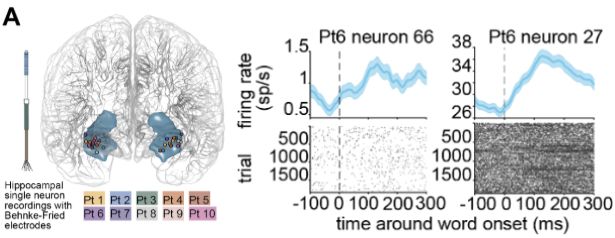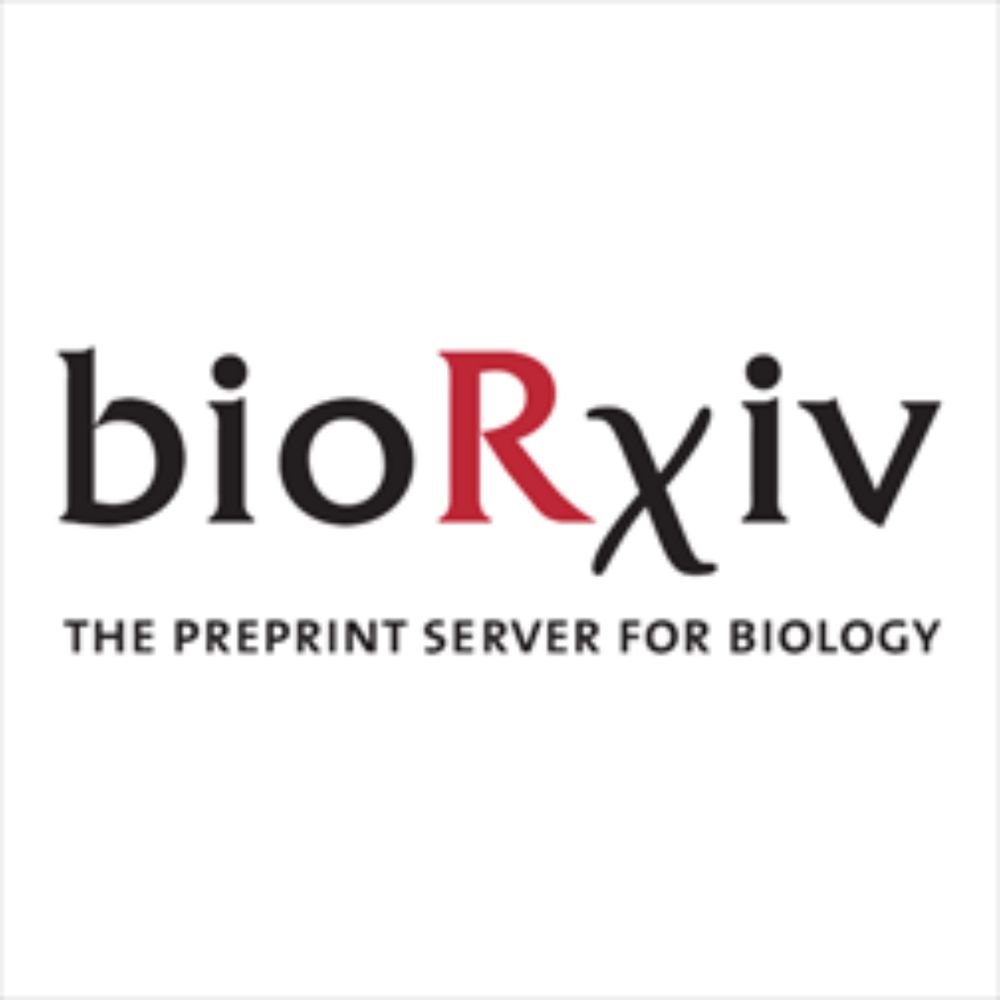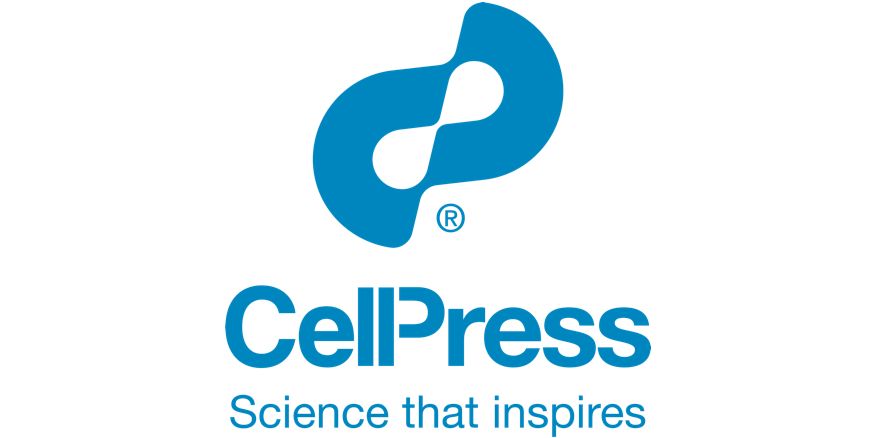

www.biorxiv.org/content/10.1...

#blueprint 1/7

#blueprint 1/7
I'm very grateful to our patients, my co-authors and the funders. And to anyone who reads it :-) 🧠📈🧵👇(1/5)

I'm very grateful to our patients, my co-authors and the funders. And to anyone who reads it :-) 🧠📈🧵👇(1/5)



There's one week left to sign up - registration closes Nov. 1st. You don't want to miss this!
#StoriesOfWiN #SfN #WomenInNeuroscience

There's one week left to sign up - registration closes Nov. 1st. You don't want to miss this!
#StoriesOfWiN #SfN #WomenInNeuroscience
We present exciting work on applying transfer learning on minimally invasive recordings to build scalable speech BCI for a more heterogeneous population. #iEEG #neuroskyence
Check it out : www.nature.com/articles/s41...

We present exciting work on applying transfer learning on minimally invasive recordings to build scalable speech BCI for a more heterogeneous population. #iEEG #neuroskyence
Check it out : www.nature.com/articles/s41...
Akshat Gupta led a fun project to find out! We leverage TunedLens (~linear decoding of tokens) to explore how LLMs' internal representations change from layer to layer.
Preprint: arxiv.org/abs/2510.18871
1/

Akshat Gupta led a fun project to find out! We leverage TunedLens (~linear decoding of tokens) to explore how LLMs' internal representations change from layer to layer.
Preprint: arxiv.org/abs/2510.18871
1/
@karalmckinley.bsky.social
We built the first transgenic model of menstruation in mice.
We used it to uncover how the endometrium organizes and sheds during menstruation. 🧪
www.biorxiv.org/content/10.1...
🧵

@karalmckinley.bsky.social
We built the first transgenic model of menstruation in mice.
We used it to uncover how the endometrium organizes and sheds during menstruation. 🧪
www.biorxiv.org/content/10.1...
🧵
www.storiesofwin.org/profiles/202...
#AcademicBluesky #NeuroJobs

www.storiesofwin.org/profiles/202...
#AcademicBluesky #NeuroJobs

In this STEM Tea episode, @phdgprotein86.bsky.social is joined by @brielleryan.bsky.social and @heydrdukes.bsky.social.
Learn why visibility is sometimes the most important step >>> www.biotechniques.com/podcasts/ste... 🧪

In this STEM Tea episode, @phdgprotein86.bsky.social is joined by @brielleryan.bsky.social and @heydrdukes.bsky.social.
Learn why visibility is sometimes the most important step >>> www.biotechniques.com/podcasts/ste... 🧪
"Non-commitment in mental imagery is distinct from perceptual inattention, and supports hierarchical scene construction"
(by Li, Hammond, & me)
link: doi.org/10.31234/osf...
-- the title's a bit of a mouthful, but the nice thing is that it's a pretty decent summary


"Non-commitment in mental imagery is distinct from perceptual inattention, and supports hierarchical scene construction"
(by Li, Hammond, & me)
link: doi.org/10.31234/osf...
-- the title's a bit of a mouthful, but the nice thing is that it's a pretty decent summary
www.nature.com/articles/s41...
I love this figure which both echoes and undermines the famous figure from Schultz et al. (1997).

www.nature.com/articles/s41...
I love this figure which both echoes and undermines the famous figure from Schultz et al. (1997).
#neuroskyence
www.thetransmitter.org/the-big-pict...

#neuroskyence
www.thetransmitter.org/the-big-pict...

www.biorxiv.org/content/10.1...
www.biorxiv.org/content/10.1...
www.biorxiv.org/cgi/content/...

www.biorxiv.org/cgi/content/...
"Mirror manifolds: partially overlapping neural subspaces for speaking and listening"
Led by superstar grad student Anilu Chavez (not on Bluesky)!
www.biorxiv.org/content/10.1...

"Mirror manifolds: partially overlapping neural subspaces for speaking and listening"
Led by superstar grad student Anilu Chavez (not on Bluesky)!
www.biorxiv.org/content/10.1...
www.biorxiv.org/content/10.1...

www.biorxiv.org/content/10.1...
Feeling very grateful that reviewers and chairs appreciated concise mathematical explanations, in this age of big models.
www.biorxiv.org/content/10.1...
1/2

Feeling very grateful that reviewers and chairs appreciated concise mathematical explanations, in this age of big models.
www.biorxiv.org/content/10.1...
1/2
www.nature.com/articles/s41...
#neuroscience #neuroskyence

www.nature.com/articles/s41...
#neuroscience #neuroskyence
www.biorxiv.org/content/10.1...

www.biorxiv.org/content/10.1...


